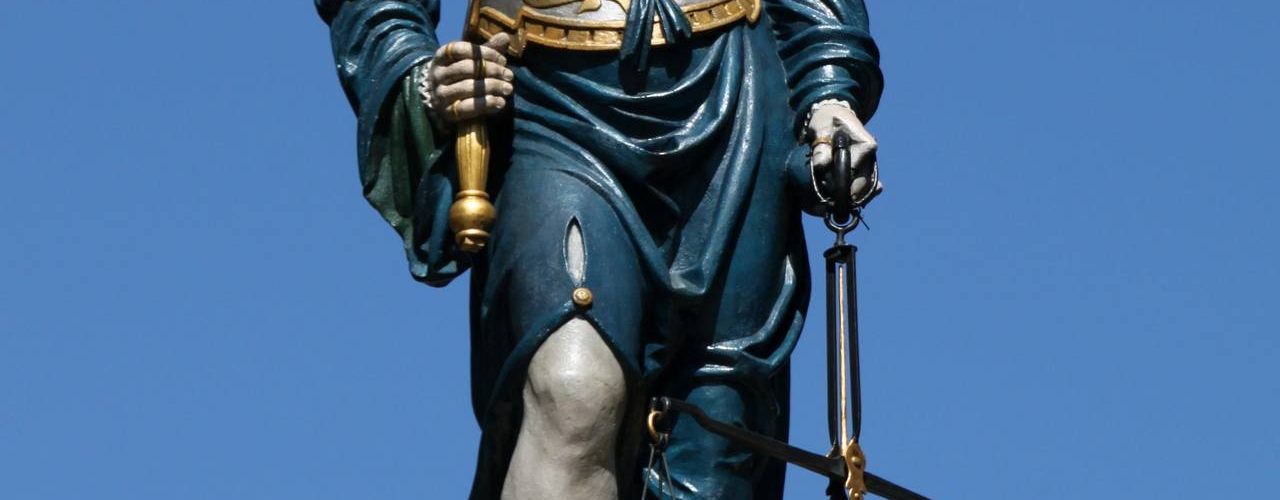On September 12, 2013, the ECJ issued its decision in the case C-49/12 (Sunico and Others).
Context: Judicial cooperation in civil matters – Jurisdiction and the recognition and enforcement of judgments in civil and commercial matters – Regulation (EC) No 44/2001 – Article 1(1) – Scope – Concept of ‘civil and commercial matters’ – Action brought by a public authority – Damages in respect of involvement in a tax fraud by a third party not subject to VAT
Article in the EU VAT Directive
No specific reference to the EU VAT Directive 2006/112/EC.
Facts
- Following an alleged value added tax (‘VAT’) ‘carousel’ type fraud which had permitted evasion of output VAT, to the detriment of the United Kingdom treasury, the Commissioners brought court proceedings in the United Kingdom and in Denmark.
- As regards the proceedings initiated in the United Kingdom, the Commissioners brought an action on 17 May 2010 before the High Court of Justice (England and Wales), (Chancery Division) (United Kingdom) against a number of natural and legal persons established in Denmark, including Sunico.
- The question which gave rise to debate before that court was whether the Commissioners could claim from non-residents, such as Sunico, in a claim for damages, damages corresponding to the amount of VAT not paid by a person subject to VAT in the United Kingdom, on the ground that those non-residents had taken part in a ‘tortious conspiracy to defraud’ within the meaning of English law. More specifically, the Commissioners maintained that those non-residents were guilty, on the territory of the United Kingdom, of a VAT ‘carousel’ type fraud. The Commissioners also submitted that those non-residents, who were not subject to VAT in the United Kingdom, had been the real beneficiaries of the sums obtained by that tax evasion mechanism.
- The person subject to VAT in the United Kingdom who was involved in that VAT carousel is not a party to the proceedings before the High Court of Justice or to the main proceedings.
- Since the non-residents in question did not incur liability under the United Kingdom VAT legislation, the Commissioners based their action before the High Court of Justice on the English law of tort, which was applicable to the unlawful means conspiracy.
- At the time when the decision to request a preliminary ruling was taken, the action before the High Court of Justice was still pending.
- Before that action was commenced, the Danish tax authorities, at the Commissioners’ request, had supplied the Commissioners with information about the non-residents sued in the High Court of Justice, on the basis of Council Regulation (EC) No 1798/2003 of 7 October 2003 on administrative cooperation in the field of value added tax and repealing Regulation (EEC) No 218/92 (OJ 2003 L 264, p. 1).
- The Commissioners also initiated proceedings in Denmark.
- On 18 May 2010, upon application by the Commissioners, the fogedret i København (Bailiff’s Court, Copenhagen (Denmark)) made attachment orders in respect of assets belonging to Sunico and situated on Danish territory, in order to secure payment of the Commissioners’ claim for damages.
- Sunico’s appeal against those attachment orders was dismissed by the Østre Landsret (Denmark) on 2 July 2010.
- By separate application, lodged on 25 May before the Københavns byret (District Court, Copenhagen (Denmark)), the Commissioners, acting on the basis of Article 634(1) of the Code of Civil Procedure, asked that court to confirm the attachment orders authorised by the fogedret i København and also claimed payment of the sum of GBP 40 391 100.01, corresponding to the amount of VAT evaded.
- Sunico submitted that the Commissioners’ claim for payment should be rejected as inadmissible or, at least, as unfounded and, furthermore, as regards the part of the application relating to the attachments, that those protective measures should be lifted.
- By order of 8 September 2010, the Københavns byret transferred the case to the referring court.
- The referring court decided to deal separately with the question whether, pursuant to Article 634(5) of the Code of Civil Procedure, it should stay the proceedings before it until the proceedings pending before the High Court of Justice had been completed.
- The referring court is uncertain, in particular, whether an action such as that lodged on 17 May 2010 before the United Kingdom courts falls within the scope of Regulation No 44/2001, so that a judgment delivered by those courts might be recognised and enforced in Denmark, in application of that regulation and the EC‑Denmark Agreement.
Questions
Must Article 44 of [Regulation No 44/2001] be interpreted as meaning that its scope extends to cover a case in which the authorities of a Member State bring a claim for damages against undertakings and natural persons resident in another Member State on the basis of an allegation – made pursuant to the national law of the first Member State – of a tortious conspiracy to defraud consisting in involvement in the withholding of VAT due to the first Member State?’
AG Opinion
Article 1(1) of Council Regulation (EC) No 44/2001 of 22 December 2000 on jurisdiction and the recognition and enforcement of judgments in civil and commercial matters must be interpreted as meaning that its scope extends to cover a case in which the authorities of a Member State bring a general claim for damages (an act also open to private persons) against undertakings and natural persons resident in another Member State on the basis of an allegation – made pursuant to the national law of the first Member State – of a tortious conspiracy to defraud consisting in involvement in the withholding of value added tax due to the first Member State.
Decision
The concept of ‘civil and commercial matters’ within the meaning of Article 1(1) of Council Regulation (EC) No 44/2001 of 22 December 2000 on jurisdiction and the recognition and enforcement of judgments in civil and commercial matters must be interpreted as meaning that it covers an action whereby a public authority of one Member State claims, as against natural and legal persons resident in another Member State, damages for loss caused by a tortious conspiracy to commit value added tax fraud in the first Member State.
Summary
Source
Similar ECJ cases
Reference to the case in the other EU MS
Newsletters
Join the Linkedin Group on ECJ VAT Cases, click HERE















